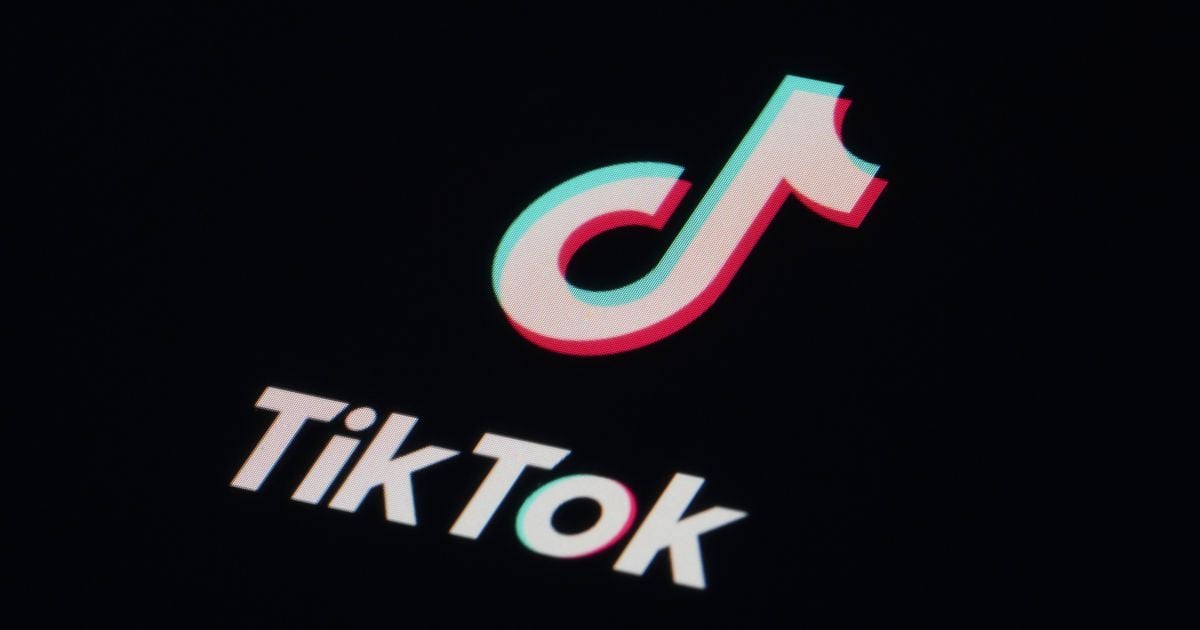TikTok has become more than just an entertainment platform—it is now a powerful tool of cultural influence. Its algorithms can make an unknown artist go viral or turn a short video into a global trend within days. At the same time, the question of aesthetic quality is pushed to the background. In this article, Baltimore Chronicle will analyze how TikTok shapes new tastes, redefines beauty and style in music and art, and what this means for traditional culture.
TikTok as a Cultural Tool of a New Generation
TikTok influences content perception through a unique algorithm that promotes videos based not on quality, but on engagement. Thanks to this, anyone can reach millions of viewers without a professional background. This model democratizes access to audiences but also diminishes the role of classical aesthetics and content depth.
Young audiences consuming TikTok content become accustomed to fragmented perception: 15 seconds, one idea, one emotion. This changes how we form preferences—it is no longer a long-term acquaintance with a genre but an instant reaction to a trend.
Many music hits today are born on TikTok. Composers now write songs in a way that one fragment sounds particularly impressive in a short video. Art adapts to the rhythm of the platform.
How TikTok Algorithms Shape Musical Preferences
TikTok doesn’t just promote music—it creates it. A track may never hit the radio or Spotify charts but can reach millions of ears through one trend. The algorithm selects videos based on prior views, likes, and saves, reinforcing the “echo chamber” effect.
Key Ways TikTok Influences Music:
- Focus on short fragments: usually instrumental or chorus used as soundtracks
- Virality over quality: what matters is memorability
- Repetition: the same track is used in thousands of videos
- Opportunity for unknown artists: TikTok is a launchpad for many
- Orientation toward remixes and mashups: short, rhythmic, video-friendly
As a result, a new kind of hit emerges—the TikTok hit. It’s not necessarily a full song anymore, but more of a musical meme.
Changing Aesthetic Standards in Visual Art
TikTok not only influences music but also redefines perceptions of visual art. If composition, technique, and depth were once valued, now brightness, dynamics, and instant impact come to the fore. Aesthetics are reduced to effectiveness—what captures attention in three seconds.
New Aesthetic Principles of TikTok:
- Colors must be bright and contrasting
- Movement is essential (transitions, effects, filters)
- Rapid delivery—no pauses, no delays
- Clip thinking—fragment, not full story
This transforms artistic genres: dance, painting, makeup, design—all adapt to the “viral format”. Artists now create works not for exhibitions but for stories.
Comparison of Traditional Art and TikTok Content
| Parameter | Traditional Art | TikTok Content |
|---|---|---|
| Duration of perception | Minutes or hours | 15–60 seconds |
| Quality assessment | Aesthetics, technique, depth | Engagement, likes, comments |
| Target audience | Connoisseurs, collectors | Mass audience, youth |
| Promotion channel | Galleries, festivals, criticism | Algorithm, trends, influencers |
| Impact on creator | Slow development | Instant success or oblivion |
The Influence of TikTok on Artistic Thinking and Creativity
It may seem that algorithmic aesthetics threaten creativity. But TikTok also inspires new creative approaches. Format limitations become a challenge for artists—how to convey something meaningful in 30 seconds? This develops a new form of “micro-art.”
At the same time, it’s important to note that TikTok often promotes templates, reducing originality. Hundreds of videos are identical in form, differing only by creator. Creativity is often reduced to “fitting the trend.”
Still, exceptions exist. Some users experiment with format, create video essays, animated stories, and even deep visual narratives. The algorithm can also support these artists if they strike a cultural nerve.
Social Media as a Cultural Taste Editor
TikTok takes on the role of editor in mass culture. Previously, this role belonged to professionals—critics, curators, or journalists. Now it is performed by an impersonal algorithm. It decides what the audience sees and what remains in the shadows.
This leads to the following outcomes:
- Popularity ≠ value: virality doesn’t mean quality
- Randomized taste: preferences are formed reactively, not consciously
- Classical genres are marginalized: complex styles stand little chance
- Trend globalization: fashion is formed simultaneously worldwide
The question is whether such a culture can raise a holistic viewer or listener, or if it will create a reactive content consumer.
Does Classical Art Have a Future in the Age of TikTok?
While TikTok changes the rules of the game, classical art isn’t disappearing—it’s adapting. Galleries are opening TikTok accounts, musicians are creating videos based on Bach compositions, painters record the creation process under trending sounds. Even classical works can find new audiences in this format.
Modern culture is a symbiosis. TikTok doesn’t kill aesthetics; it reinterprets it. The strongest artists are those who can balance trend and depth.
Earlier we wrote about how smartphones changed personal boundaries in the digital age.

